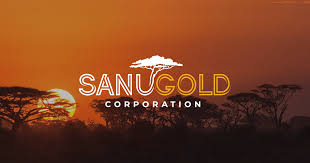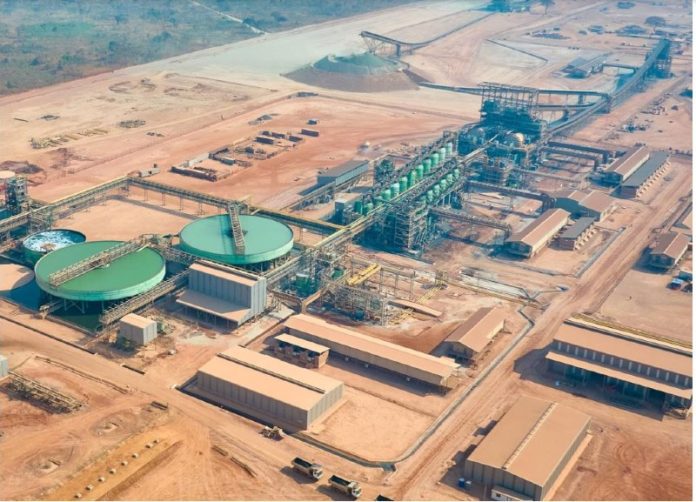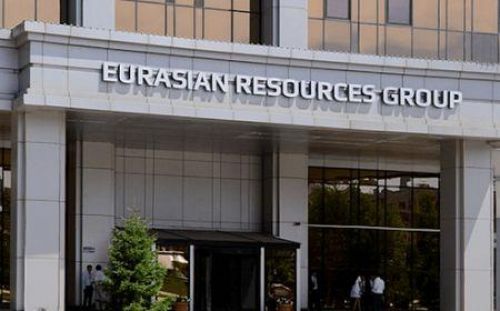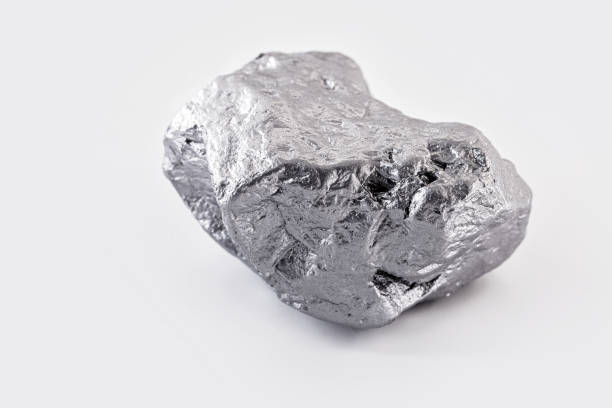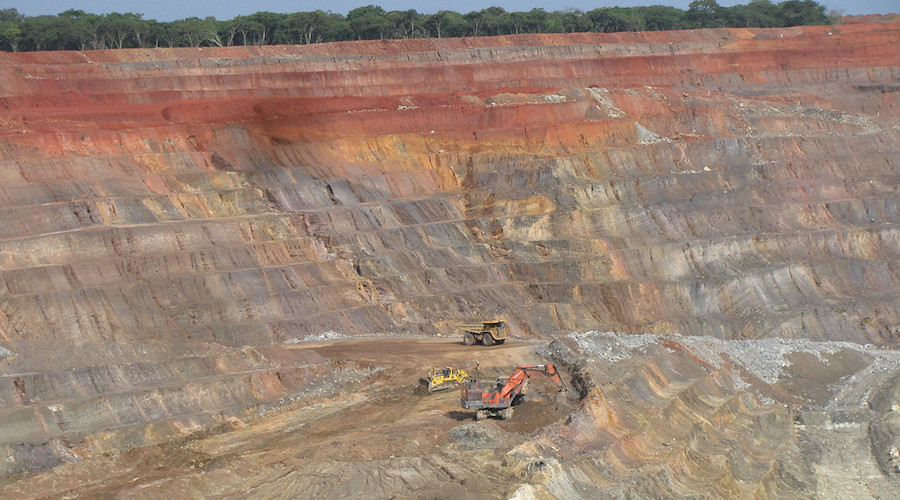Base Metals

Hillside Aluminium contribution highlighted following power price agreement scrutiny
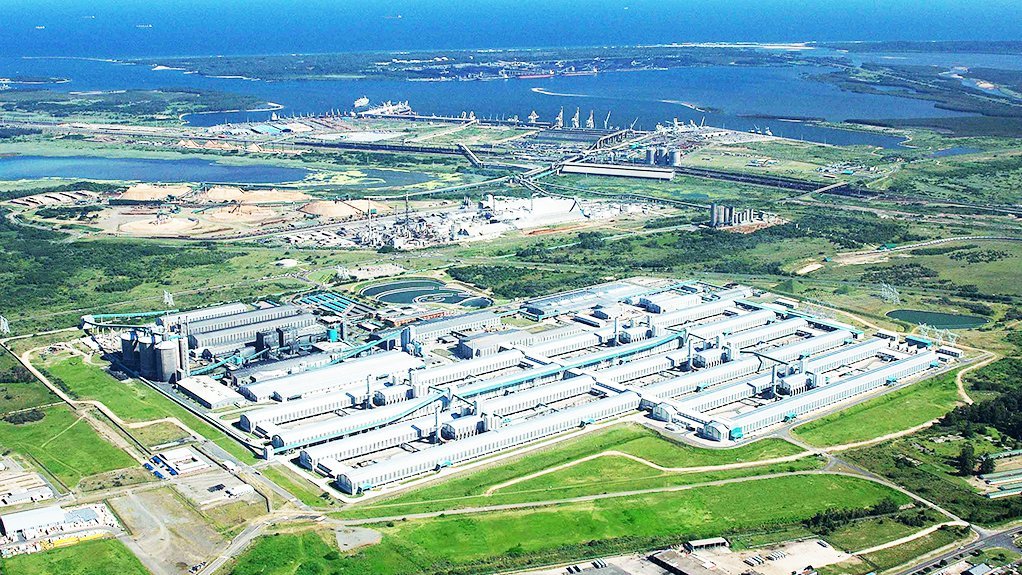
“It helps the smelter to remain internationally competitive so it can continue to deliver significant benefits to South Africa,” a South32 spokesperson pointed out.
Eskom outlined its rationale for the pricing agreement in a publicly available submission to National Energy Regulator of South Africa (Nersa), in February 2021. In its submission, Eskom noted Hillside’s role in supporting stability of the electricity grid.
When it publicly outlined its rationale for supporting the agreement, Nersa stated there was a “net benefit to the rest of the customer base in putting this agreement in place”.
Mining Weekly put questions to South32 following a report in Currency on the pricing arrangement, which Michael Marchant as head of investigations at Open Secrets says should be made public for scrutiny in that it is estimated to be potentially worth R92-billion over ten years.
South Africa’s Hillside Aluminium in Richards Bay is a significant contributor to South Africa’s national economy and a major employer.
It employed over 2 300 employees and contractors in South32’s financial year (FY24) and supports a further estimated 27 400 indirect employment opportunities in the economy.
“It has played a key role in South Africa’s domestic aluminium industry as a supplier to local companies that manufacture products for sale domestically and abroad.
“Hillside plays an important role in keeping the South African electricity grid stable and helps to manage loadshedding through the suspension of power to potlines at critical times. Despite limited loadshedding across South Africa during the past year, suspension of power to potlines at Hillside has continued during this period in order to support Eskom in managing South Africa’s electricity grid,” the South32 spokesperson added.
It is understood that without the pricing agreement, Hillside could not operate and Eskom would lose its largest paying customer.
NEED TO DECARBONISE
Already under scrutiny for remedying is Hillside’s value-lowering ‘high-carbon’ status. The carbon-intensive description given to Hillside stems from its use of coal-fired electricity, but the good news is that competitive decarbonisation is continuing to be intensively investigated for what is the largest aluminium smelter in the southern hemisphere and the producer of a good percentage of primary aluminium for South Africa’s value-adding secondary aluminium product producers.
As has regularly been pointed out by Mining Weekly, it would be a major advantage if optimum public-private attention were to be given to ‘greening’ Hillside, which is responsible for a 94% of South32’s total Scope 2 emissions.
Hillside contributes nearly R10-billion to South Africa’s GDP and every public-private effort should be made to ensure that the aluminium it produces can benefit from the green price premium that is being paid for aluminium that is not carbon heavy.
Engagement with government regarding operational and value chain decarbonisation is reportedly positive and emphasised by South32 COO Noel Pillay in past interviews is that technical studies have concluded that Hillside could be made to work with solar, wind, and backup investment.
At the time of going to press, Eskom had not responded to the questions put to it by Mining Weekly, but it is known that discussion with Eskom has centred on the study of various options, which take in nuclear and renewables, and potential one-stop-shop collaborative efforts.
In FY24, nearly 90% of Hillside’s employees were historically disadvantaged individuals; a third were women and 99% were South African citizens.
Hillside supports a further estimated 27 400 indirect employment opportunities in the economy. This includes other parts of the aluminium industry. For example, supply of liquid aluminium to certain customers at highly competitive prices makes their operations sustainable.
In FY21 to FY24, $269-million was paid in wages and salaries and since FY20, Hillside has contributed social investments of $24-million-plus.
Since FY19, Hillside has invested $41-million in enterprise and supplier development to support local economic opportunities for small and medium-sized enterprises, including through job creation, upskilling and training.
Hillside is the only producer of primary aluminium in South Africa and the main supplier to downstream beneficiators, including Hulamin, avoiding R10-billion per year in aluminium imports. The downstream industry depends on the aluminium supplied by the Hillside smelter.
Just energy transition considerations for Hillside require the switch to low-carbon energy to be planned in collaboration with a broad range of government and community stakeholders.
Meanwhile, investment has been made in the low-energy consumption AP3XLE technology, with the operation halfway through converting all potcells to AP3XLE.
In the half-year, overall aluminium production increased by 5% and copper production by 16%, which enabled the group to capitalise on improved commodity prices, with underlying earnings increasing by 44% to $1-billion.
An interim ordinary dividend of $154-million was declared, with $171-million remaining to be returned to shareholders.
South32’s second climate change action plan will be released in August to address the risks and opportunities that climate change presents for its business.
Although saleable production of aluminium from the Hillside Aluminium smelter in South Africa’s KwaZulu-Natal decreased by 1% to 537 000 t in the nine months ended March, the full-year guidance of South32’s largest aluminium producer remains unchanged. Importantly, Hillside’s production guidance for the full financial year ending June 30 continues to be predicted at 720 000 t.
PORT LEASE AGREEMENT
The National Ports Authority (TNPA) has signed a 15-year lease agreement with Hillside to secure the continued operational presence of South Africa’s only primary aluminium producer at the Port of Richards Bay.
TNPA says South32 Hillside Aluminium plays a crucial role in enabling local downstream manufacturing of aluminium products for both domestic and industrial markets.
"We are excited about this new chapter in our relationship with TNPA. This lease agreement allows us to continue our operations seamlessly and contribute to the economic vitality of the region," South32 South Africa operations VP Calvin Mkhabela has commented.
"The Port of Richards Bay is dedicated to fostering economic activity that creates and retains jobs in our communities. This partnership not only secures the future of Hillside Aluminium, but also reinforces the ports authority’s commitment to optimising port infrastructure and capacity," Port of Richards Bay port manager Dennis Mgadi has outlined.
The Hillside smelter uses alumina predominantly imported from South32's Worsley Alumina, in Australia, to produce high-quality, primary aluminium for the South African and export markets.
Hillside’s relationship with Eskom is described as being very strong. One memorandum of understanding with Eskom was said to centre on allowing Hillside to maintain aluminium supply to Europe, particularly in the light of the carbon border adjustment mechanism (CBAM) coming into place.
South32 has repeatedly stated that it sees long-term positivity in the aluminium industry.



